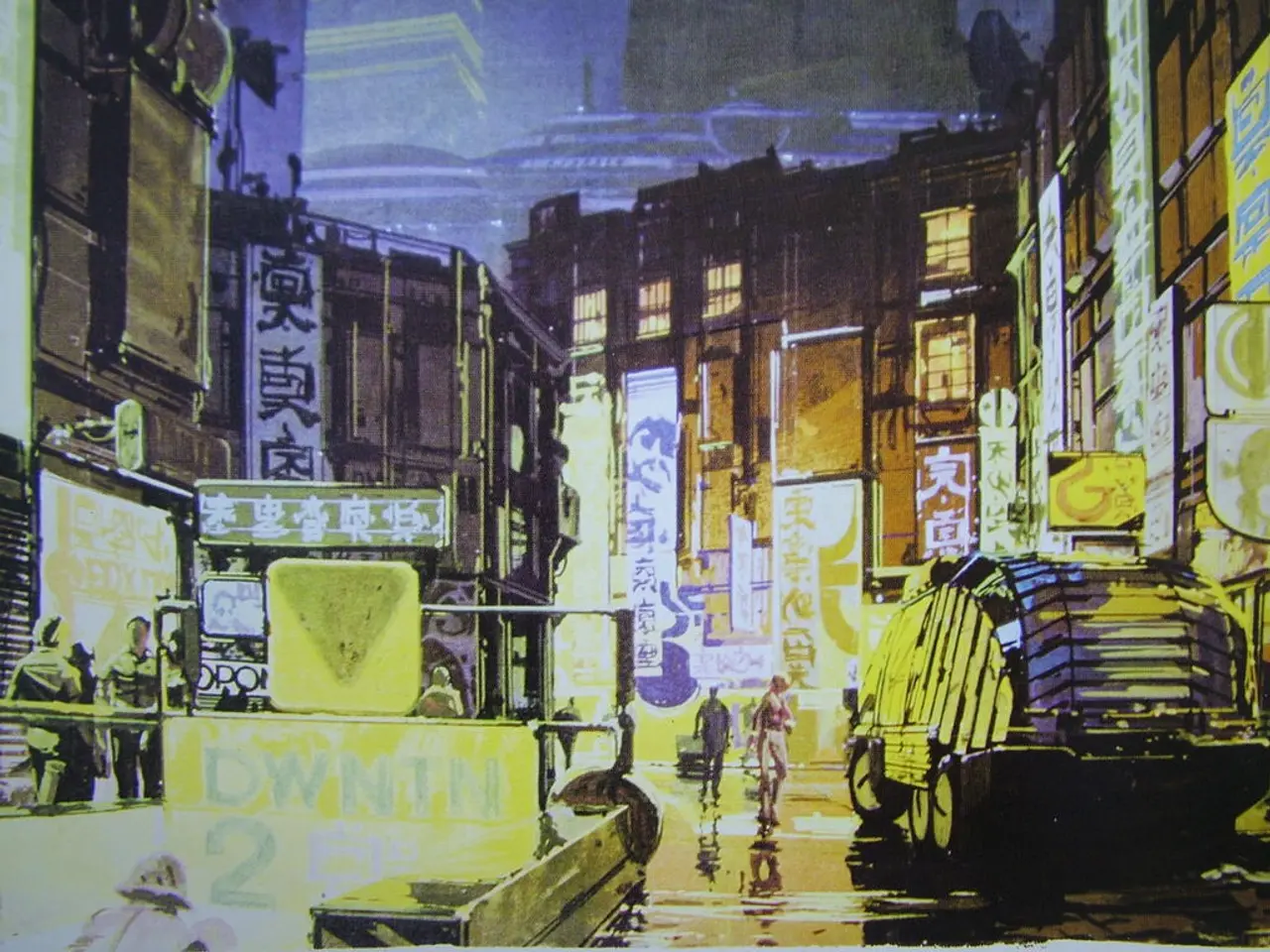Discussion between Pieter Levels and Lex on Hood Maps and Remote Work Issues
In the digital age, Hood Maps emerged as a unique community-driven project that invited users to contribute their own neighborhood descriptions, offering social, cultural, and local insights often overlooked by traditional maps.
The platform's colourful designations — red for tourist zones, green for wealthy areas, and yellow for hipster spots — provided a blend of irreverence and brutal honesty, helping users understand their world better. However, the journey for Hood Maps was not without its challenges.
Key challenges for Hood Maps included maintaining accuracy and avoiding bias, balancing openness with moderation, scaling community engagement, and overcoming technical hurdles. With user-generated content, the risk of subjective opinions or stereotypes was high, requiring careful moderation. Allowing free expression while preventing offensive or harmful content was a delicate balance to maintain.
Encouraging widespread user participation while managing quality control as the platform grew was another challenge. Technically, ensuring the platform effectively integrated user inputs into an accessible, understandable map interface proved to be a significant hurdle.
Despite not achieving financial success, Hood Maps demonstrated the value of digital products beyond monetary gain. The platform's development forced innovation, with the creator initially facing technical challenges in implementing the system using HTML5 Canvas. To smooth out the visuals, the pixelated look was refined, although users preferred the original aesthetic.
Innovation was also required to normalise pixel data and form coherent neighbourhoods within Hood Maps. This living, breathing cultural map was created through community contributions, with users tagging areas in Austin with descriptions like "Drunk Fat Bros," "Dog Runners," and "They only let hot people live here."
However, inappropriate drawings by users were a concern, but the wisdom of the crowds prevailed, drowning out the noise with genuine data. Google Maps credits for Hood Maps were depleted, and Mapbox bills reached $20,000, indicating the platform's growing popularity.
In conclusion, Hood Maps offered a fresh perspective on neighbourhood mapping, bridging the gap between traditional maps and authentic local insights. Its evolution showcased the power of community participation and the challenges of moderating user-generated content in a digital mapping platform. For more specific historical details or a case study of Hood Maps, newer or specialized sources focusing on digital mapping communities or user-generated cartography would be necessary.
- The lifestyle and social insights offered by Hood Maps, which revealed local culture and trends through user-generated tags, demonstrated the potential for technology to enrich general-news and community-driven projects.
- Balancing the free expression of users with moderation to avoid offensive content was a significant technological challenge for Hood Maps, highlighting the complexities of managing user-generated content in a digital mapping platform.




